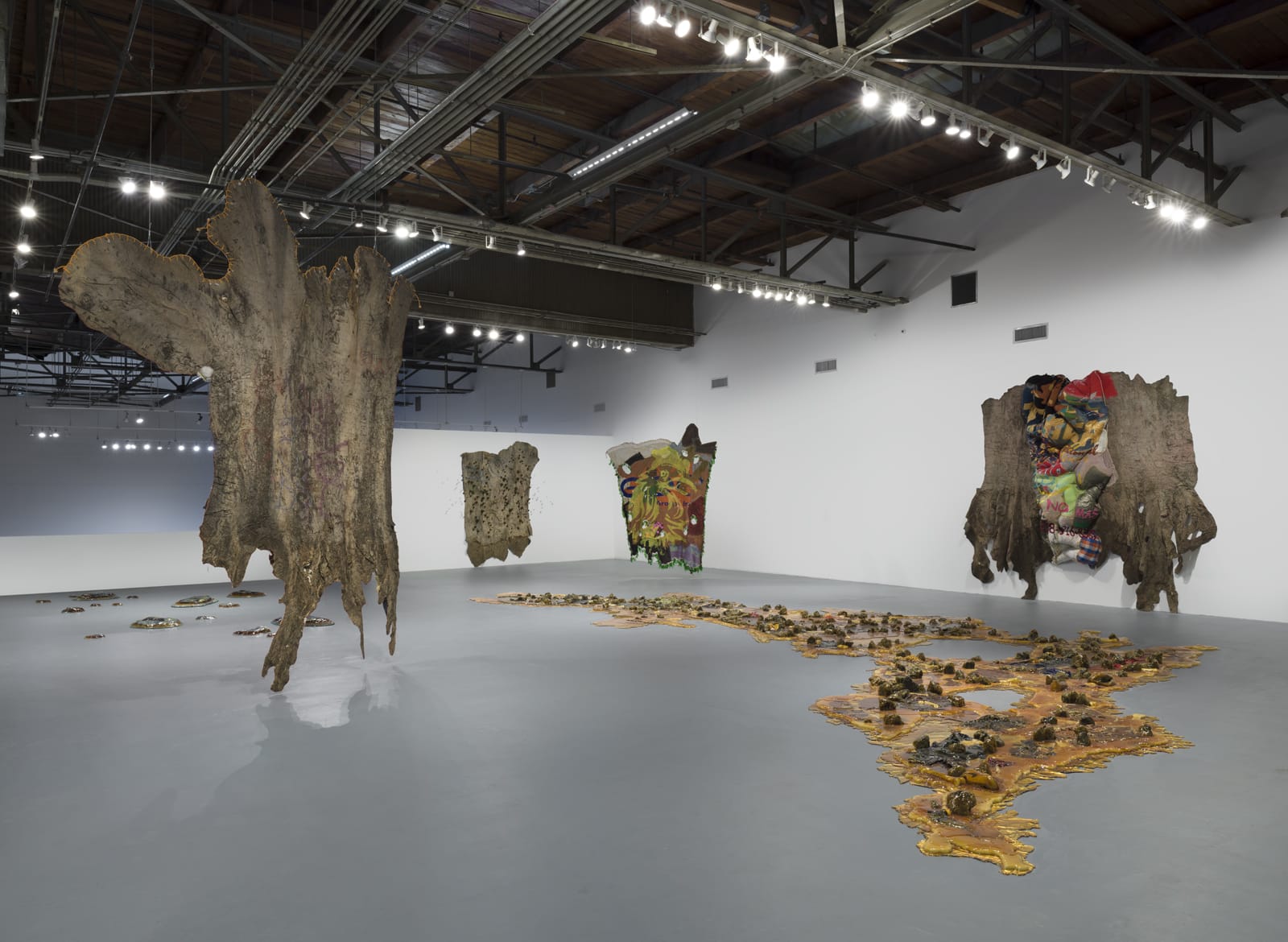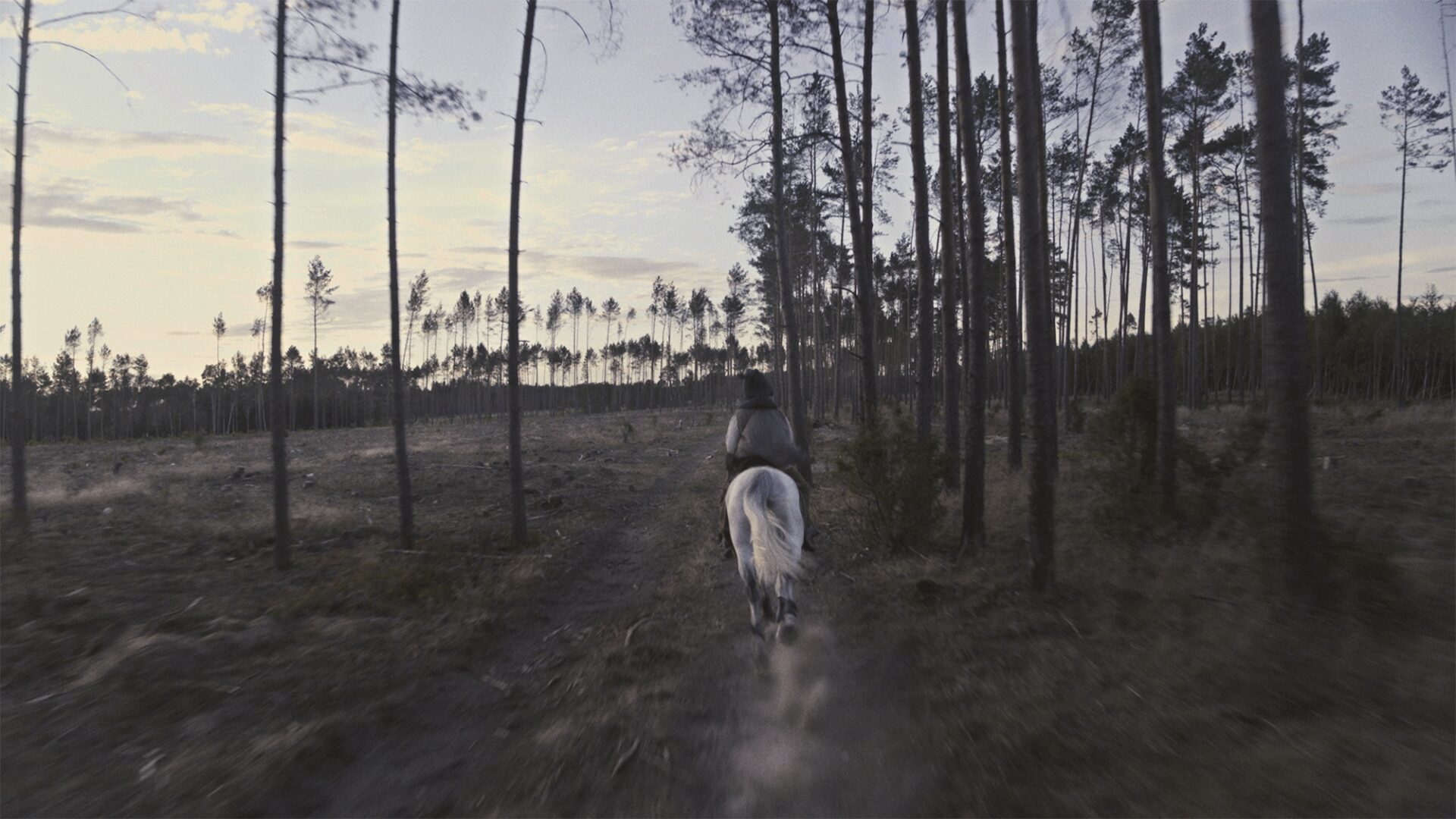MOCA Focus: Eddie Rodolfo Aparicio
November 12, 2023 – June 16, 2024

Photo: Jeff McLane, courtesy of The Museum of Contemporary Art at MOCA, Los Angeles
November 12, 2023 – June 16, 2024
[En anglais] What can the skin of a tree tell us about past and present histories of immigration and exploitation? Skins as shrouds—indelibly marked by the vicissitudes of becomings that tangle together peoples, plants, and places; maps of fraught forms of co-existing; witnesses of unspoken solidarity and resilience. In Eddie Rodolfo Aparicio’s exhibition at the Geffen Contemporary at MOCA, the bark of ceiba and ficus trees carries the indelible scars of political and cultural unfoldings. Aparicio engages with these plants to explore and process themes of migration, displacement, and identity, reflecting on the historical and contemporary experiences of Latinx and Salvadoran communities in Los Angeles. Both species are deeply intertwined with the environmental and ecological consciousness of Latin Americans. The ceiba tree, with its distinctive trunk punctuated by massive thorns, is often referred to as the “tree of life” by indigenous cultures. It is believed to connect the heavens, the earth, and the underworld, symbolizing a bridge between different realms of existence. This spiritual symbolism was particularly prominent among the Maya and other Mesoamerican civilizations, where it was central to cosmology and religious practices. Ceiba trees also have traditional practical applications. For millennia, their fibres and seed pods were used to make textiles and ropes, and their wood was utilized in constructing canoes and tools. This utilitarian aspect underscores their role in the daily lives of indigenous communities, further rooting its cultural significance.
Powerful metaphors in folklore and storytelling, ficus trees are often seen as symbols of resilience and adaptability. They embody themes of survival and transformation. In many Latin American traditions, they are associated with protection and shelter. Their expansive canopies provide shade and refuge, making them natural markers for social gatherings. These trees are also celebrated for their roles in maintaining biodiversity and supporting various ecosystems. This ecological importance is reflected in cultural narratives that emphasize the interconnectedness of nature and human life, reinforcing ficus trees’ significance beyond the practical benefits they bring.
Créez-vous un compte gratuit ou connectez-vous pour lire la rubrique complète !
Mon Compte


